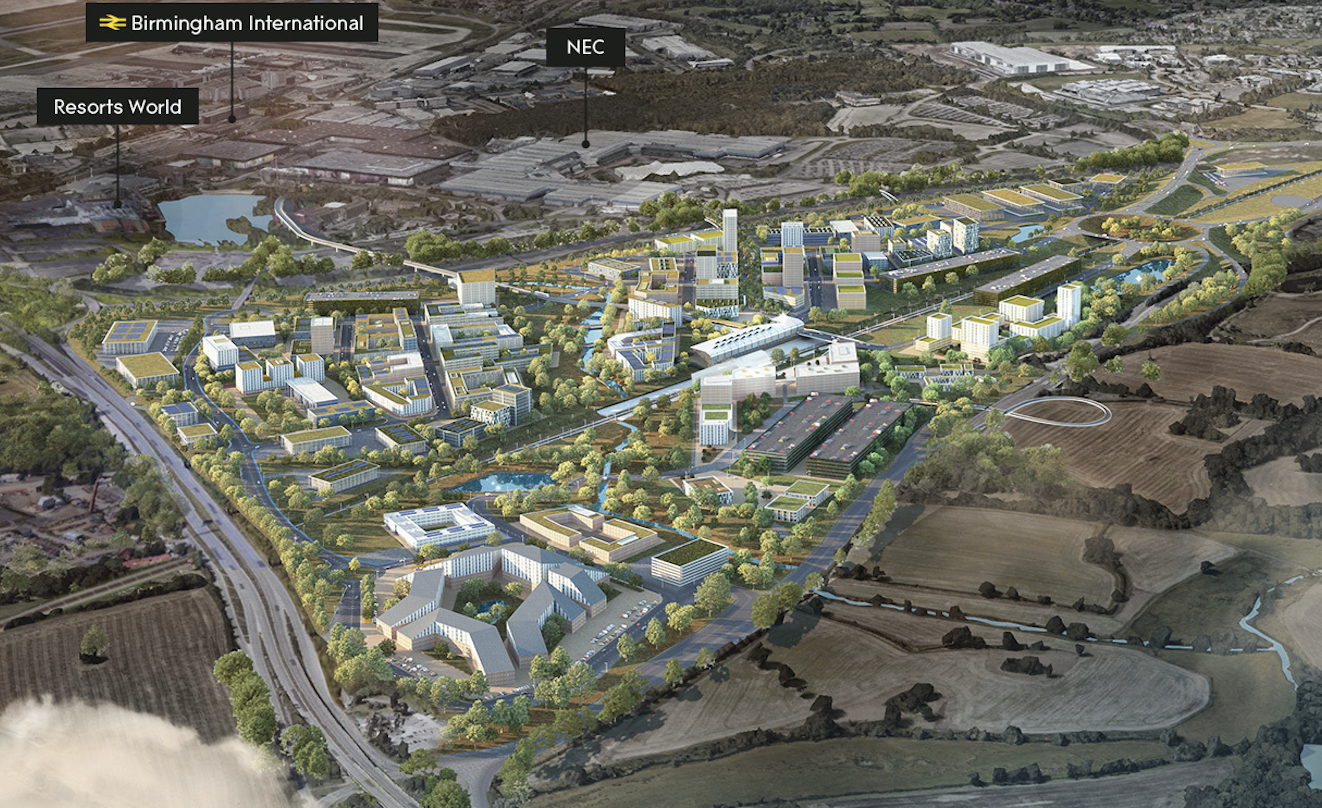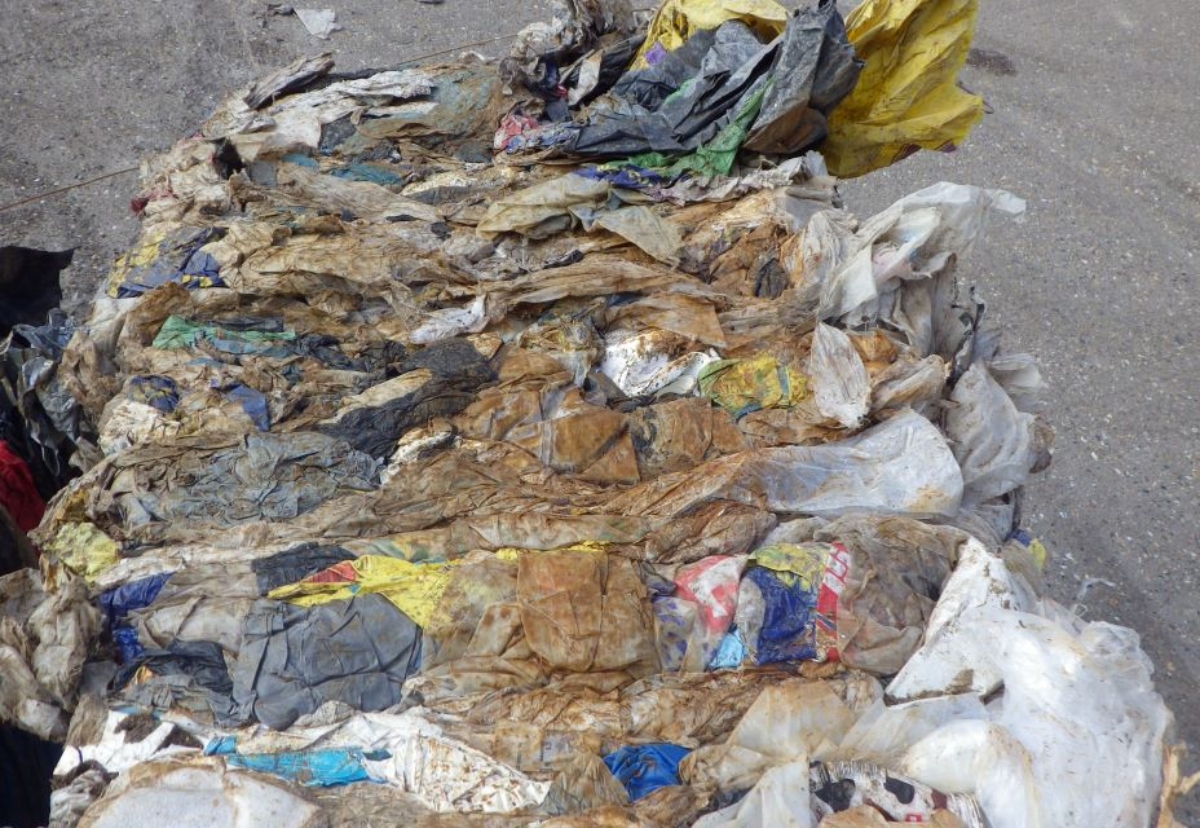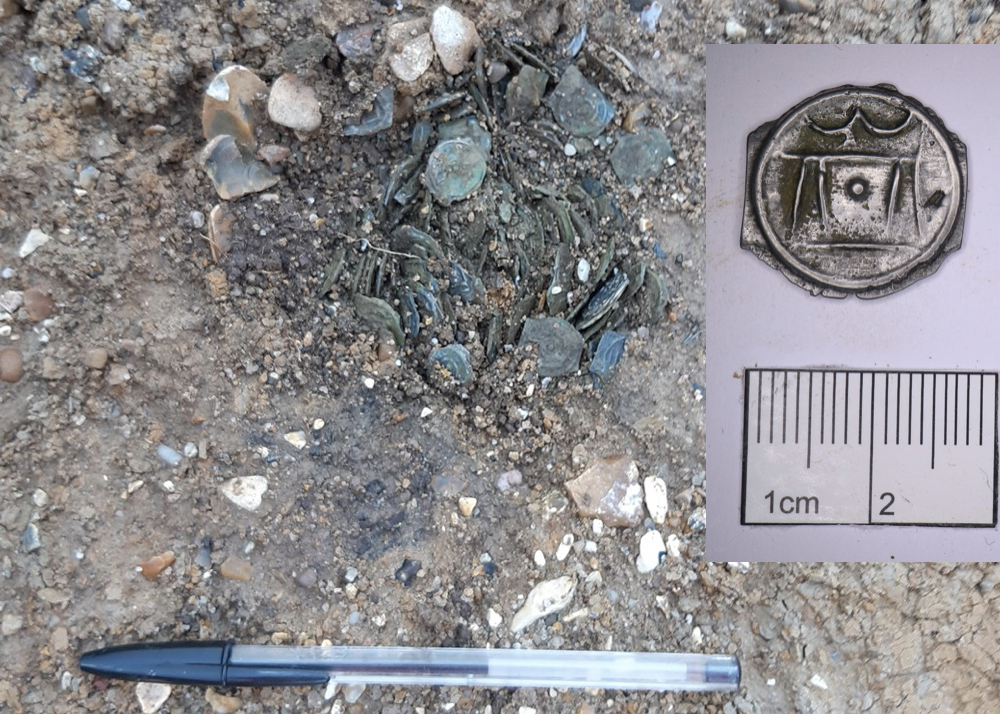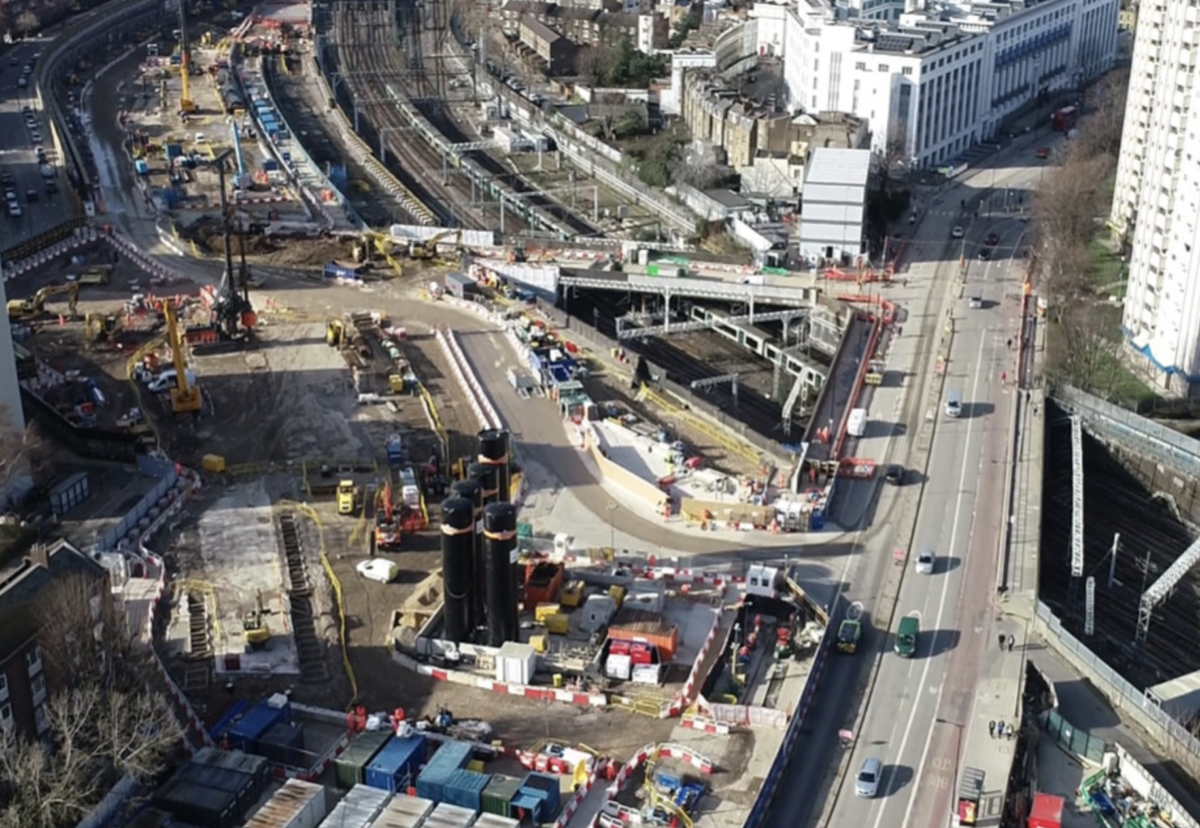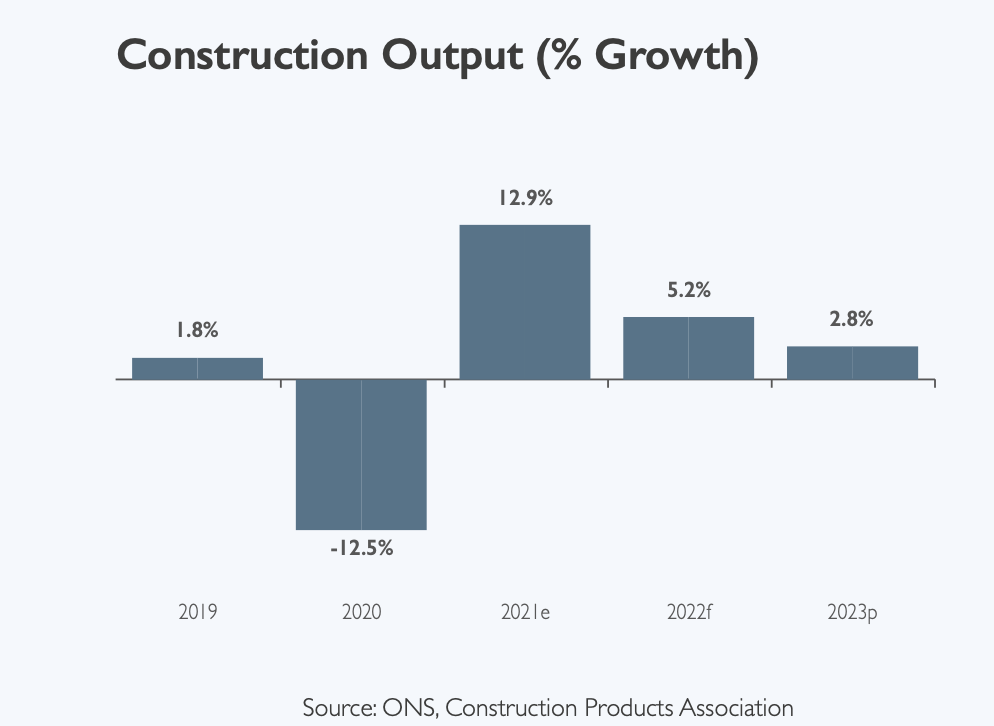In an increasingly competitive market behavioral based interview questions are common place.
(Or BBQs as they’re known) are where the candidate is asked to describe situations where they were able to apply specific skills, training, or talents to solve problems or address job-related challenges and are excellent for assessing a candidates skills.
Examples of Great Behavioural Based Interview Questions:
49 Examples of Behavioral Based Interview Questions for Every Situation
Below are the most common behavioral interview questions that you should ask your candidates. These questions will uncover detailed information about a candidate’s direct experience dealing with situations that matter.
Dealing with Stress
- What has been the most stressful situation you’ve had to deal with at work
- How did you handle it?
2. What actions have you taken to prevent a situation from becoming too stressful for you and your colleagues?
3. When situations become stressful at work, what do you do to alleviate that stress?
Ability to Adapt
1. How would you describe your transition from college to professional work? How did you handle it?
2. Tell me about a situation where you’ve had to adapt to changes beyond your control. How did you handle it?
3. Give me an example of a time where you’ve had to collaborate with someone who had a different working style. 4. 4. How did you adjust to ensure you met project objectives and goals?
5. Have you ever worked for managers with different management styles? How did you adjust to each?
Problem Solving
1. Describe a project where you were asked to use your analytical skills. What was the scope of the work and your role?
2. Tell me about a situation where you had to analyze information. How did you go about creating your analysis? What were your recommendations?
3. Tell me about a project at work where you had to solve a difficult problem. What did you do? What was your process? What was the outcome? Do you wish you did anything differently?
Attention to Detail
1. Has there ever been a time where you’ve discovered an error by a colleague? What did you do and how did you fix the error?
2. How do you ensure that you have the right information for a customer or prospect?
3. What is your process for doing research? How do you ensure that you do not overlook any details?
Client Focused Questions
1. Tell me about a time you’ve had to deal with a frustrated or irate customer. What did you do? How did you resolve the situation?
2. Have you ever inherited a customer? What steps did you take to establish a good relationship?
3. What is your process for initiating a call with a business prospect? How do you convert them into closed business?
4. Have you ever gone above and beyond for a customer? What did you do? What was their reaction?
Communication-Based Questions
1. Tell me about a recent success giving a presentation to your team or management? How did it go? What could have been improved?
2. Have you ever had to present to a person/or group with little time to prepare? How did it go? What were the key takeaways from that experience?
3. Have you ever had to promote/evangelize an idea to your coworkers? How did you get them to support your idea?
4. Tell me about an experience where you had to communicate with someone via email where the situation didn’t go as planned. What went wrong? How did you clear up communication and resolve the issues?
5. Are there any situations where you’ve specifically chosen to communicate in person rather than instant messaging or email? Why did you choose this? How did the situation turn out?
Questions to Assess Creativity
1. Tell me about a recent problem that you solved by thinking “outside of the box”? What was the outcome? Were you happy with it? Why?
2. Have you ever improved upon any existing work processes? What was the process? How did you improve it? What did your coworkers or management think?
3. Have you ever brought any innovative ideas to your team? How was it received? If the reception wasn’t favorable, then how did you handle that?
Decision Making Questions
1. Have you ever had to make decisions without all of the information you needed? How did you handle that?
2. Provide an example of a time where you had to come to a decision quickly. What were the challenges you faced in making the decision and how did you make it?
3. What’s an example of a business decision that you regretted? How did you come to that conclusion and what would you do differently?
Questions Related to Goals and Initiatives
1. How do you go about creating short and long-term goals for yourself and your team? What metrics do you use to keep everyone accountable?
2. Provide an example of a time where you had to come to a decision quickly. What were the challenges you faced in making the decision and how did you make it?
3. Describe a project where you were the owner. What challenges did you face and how did you overcome them?
4. Tell me about a scenario where you discovered a problem that could become a potential opportunity? What did you do and what was the result?
5. Tell me about a project you initiated. Why did you initiate it? What were the results?
Questions to Assess Employee Integrity and Honesty
1. Has there ever been a time where your integrity was challenged? How did you handle that particular situation?
2. Tell me about a time where you experienced a loss by doing something that was right?
3. Describe a professional situation where you thought honest was inappropriate. How did you react and manage the situation?
4. Have there ever been any policies at work that you did not agree with? Why?
Leadership
1. What is the most difficult team that you’ve had to lead? What was the project? What were the challenges you faced and how did you overcome them?
2. What do you consider to be your greatest leadership accomplishment? How did you reach this achievement?
3. What are the biggest challenges you’ve faced building/growing a team? What traits do you look for in team members?
4. Have you ever had to deal with toxic employees that were hurting the effectiveness of your team? How did you deal with that particular individual? What steps did you take?
Interpersonal Skills
1. What do you think are the most important skills necessary to build successful business relationships? How have you leveraged these skills in your career?
2. Describe a situation where you had a conflict with a coworker and how you dealt with it. What was the outcome? 3. What were the most important skills needed to address the situation? Were you happy with the outcome?
Interview Questions to Assess Sales Skills
1. Describe a situation where you had to create a customer base from scratch. What steps did you take?
2. What is your greatest achievement in sales? How did you reach that outcome?
3. Describe the process you went through to convince a skeptical prospect to choose your product/service?
Tenacity and Resilience
1. Tell me about a work-related setback and challenge that you faced. How did you deal with and move past it?
2. Have you ever found yourself in a competitive situation at work? How did you deal with it?
3. When have you seen your tenacity and determination really pay off in a professional setting? What was the situation and the outcome?




